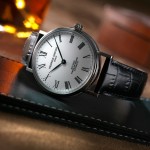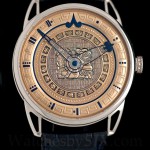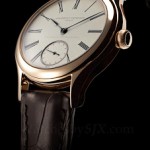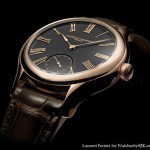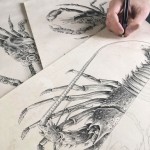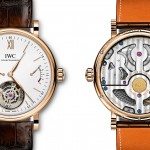Rashid Tsoroev Introduces the Evo Arrow with a Hand-Hammered Dial
Accessibly priced and hand finished.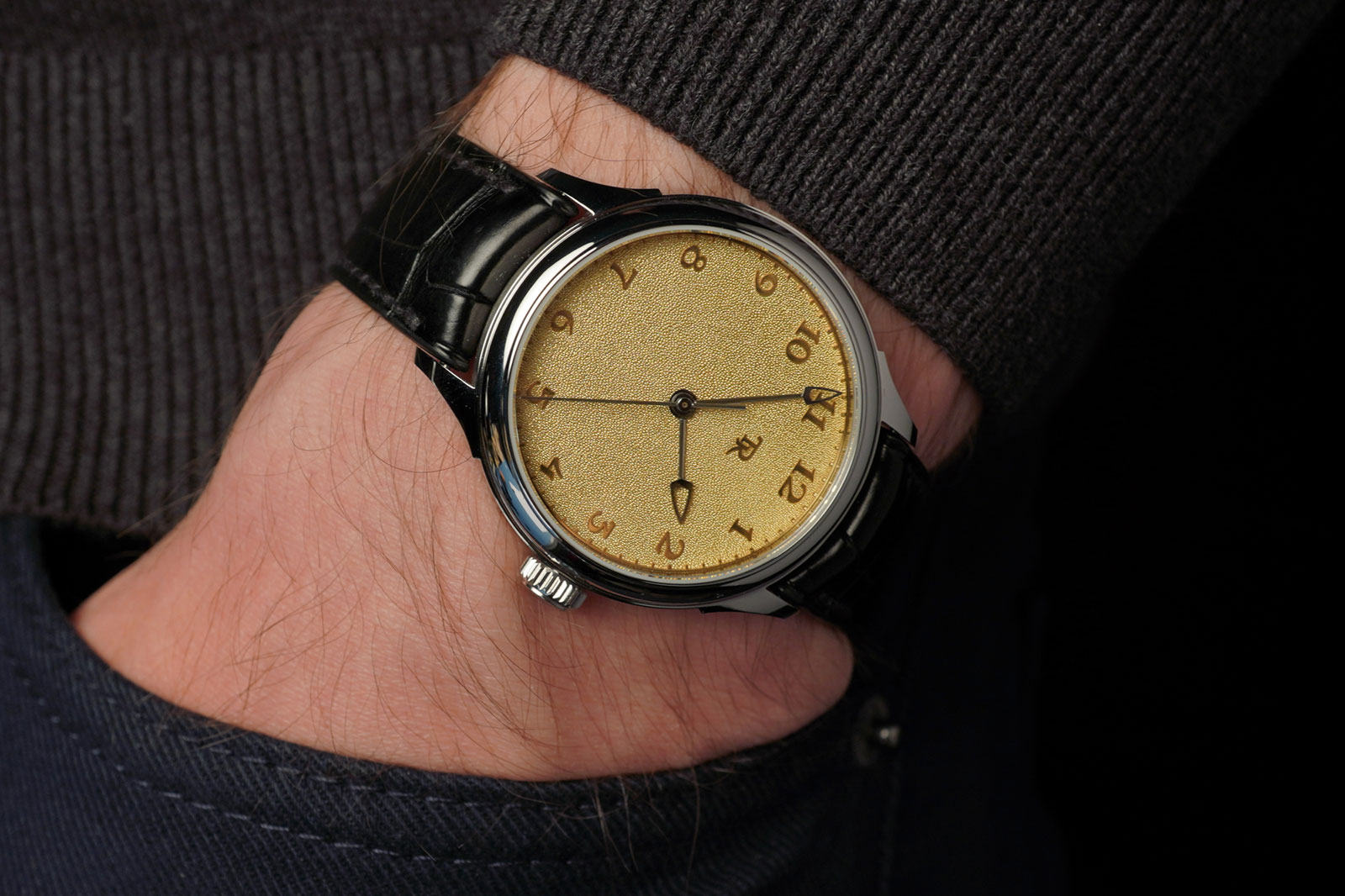
Based in the southernmost corner of Russia, Rashid Tsoroev is a watchmaker who got his start in 2019 with fairly simple time-only watches powered by the oversized ETA Unitas calibre. Now Mr Tsoroev has upgraded his work, both stylistically and mechanically, with the debut of the Evo Arrow that is priced affordably at US$5,000.
Still a three-hand watch but now equipped with a La Joux-Perret (LJP) automatic, the Evo Arrow sports a hand-hammered brass dial – a technique is sometimes described as tremblage – that he makes himself. Mr Tsoroev relies on suppliers for other components like the case, but he finishes all the components in his own workshop.
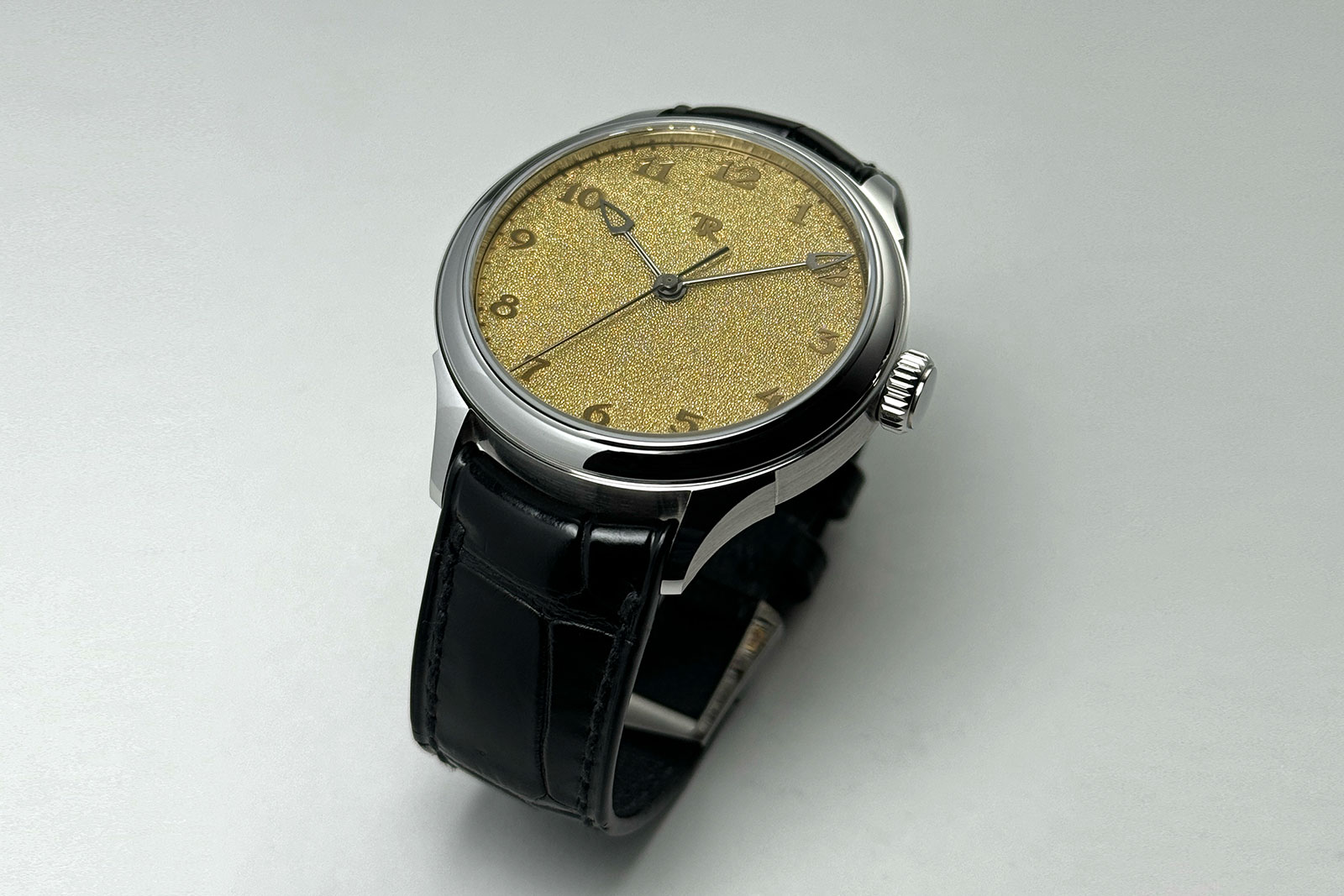
Initial thoughts
Like many independent makers in this price segment, Mr Tsoroev outsources several aspects the watch, but he applies his skill to key aspects, including producing and finishing the dial and hands; this contrasts with brands that merely design and assemble watches.
Mr Tsoroev’s attention to detail is admirable, considering the price of the watch. Elements like the font he designed for the watch and the rounded arms of the hands reflect the thought put into the design and execution. Granted, there are constraints imposed by the retail price and presumably Mr Tsoroev’s location (where there are probably no suppliers in a radius of hundreds of kilometres), but the Evo Arrow feels like an honest creation by a craftsman.
The only thing I would change is the movement. I would swap the LJP calibre for a Russian one, perhaps from Raketa, which would result in a more coherent proposition.
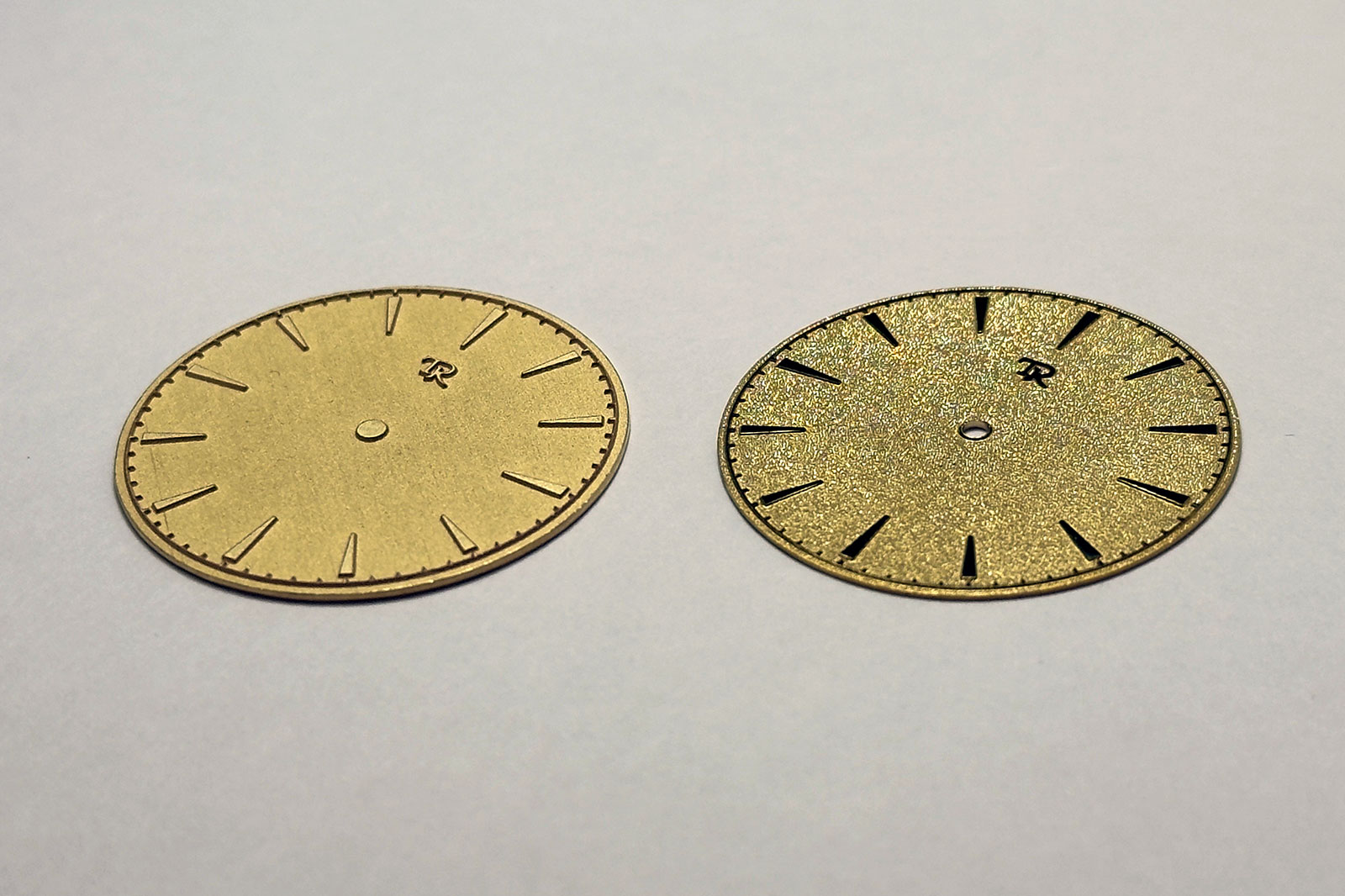
The raw dial blank (left), and the dial after the hand-hammered decoration
Not in the usual watchmaking hub
Mr Tsoroev is based in Magas, a city in the Russian republic of Ingushetia, which puts him about equidistant from Moscow and Istanbul. He performs production, finishing, and assembly in his own workshop, with the key aspects being the production the dial and hands, as well as the finishing of the case and tungsten rotor (actually one of the most significant elements despite its plain appearance).
The highlight of the Evo Arrow is the brass dial, which he produces himself. It begins as a blank with relief markings before being finished with hand hammering on its surface and mirror polishing on the relief elements, namely the numerals and minute track.
“It was challenge to achieve homogeneous tremblage finishing of the dial, and many attempts were rejected as they had white frost-like surface… but still not what I wanted,” says Mr Tsoroev, “After many experiments I found my own way to make nice tremblage which is homogeneous and pleasing.”
Likewise, he produces the hands himself, and finishes them with mirror polishing on the tops and rounded arms and linear brushing on the flanks.
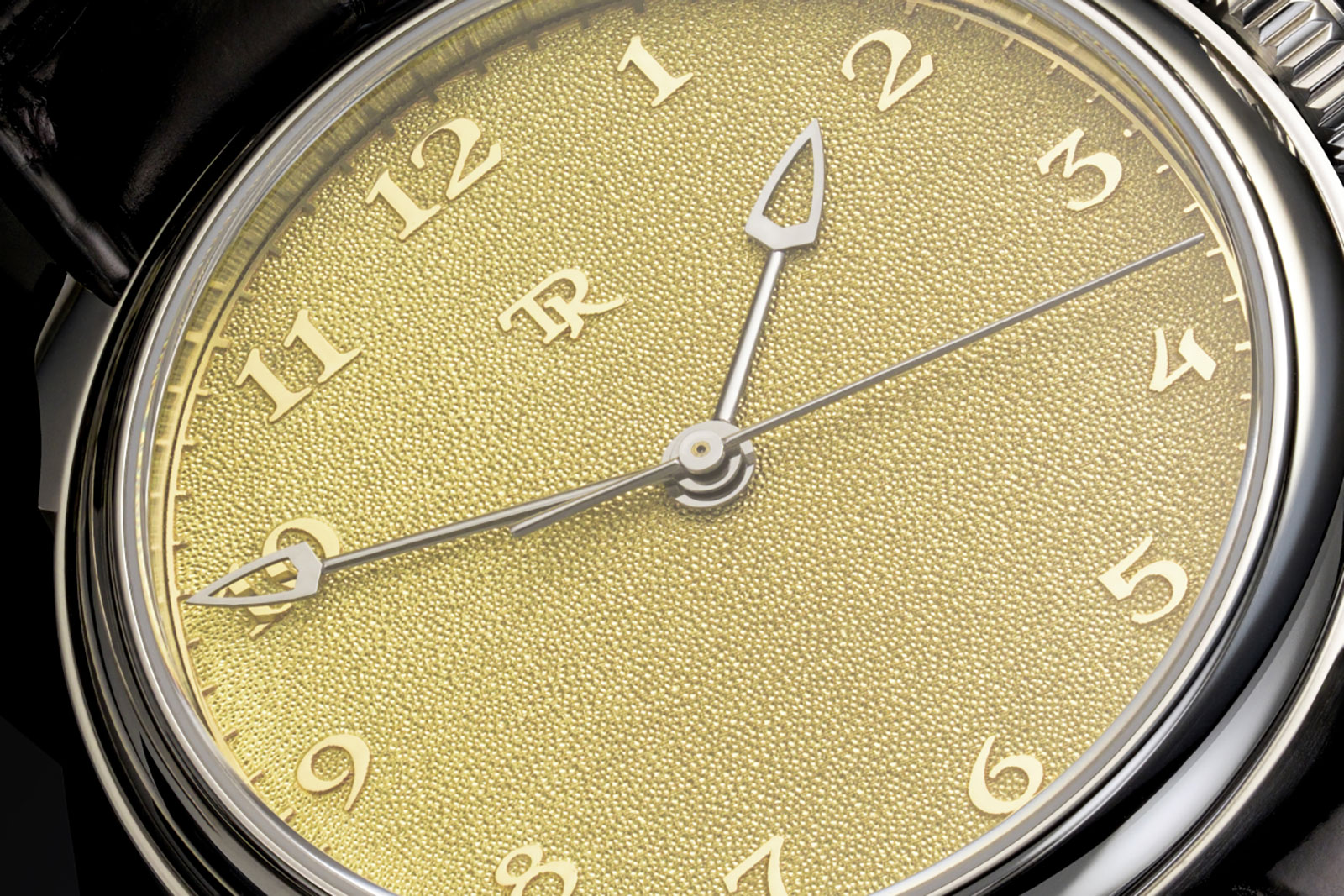
Mr Tsoroev designed the case himself but procures it from a supplier, but in a raw state. According to Mr Tsoroev, the quality of finishing was not up to his requirements so he opted for unfinished cases.
Mr Tsoroev then applies his own finishing, which he says “helps me to avoid rounded bevels that inevitably occur when finishing in the regular way”. He gives the case a polished finish on the top surfaces and brushing on the flanks, with a sharp edge separating the two surfaces.
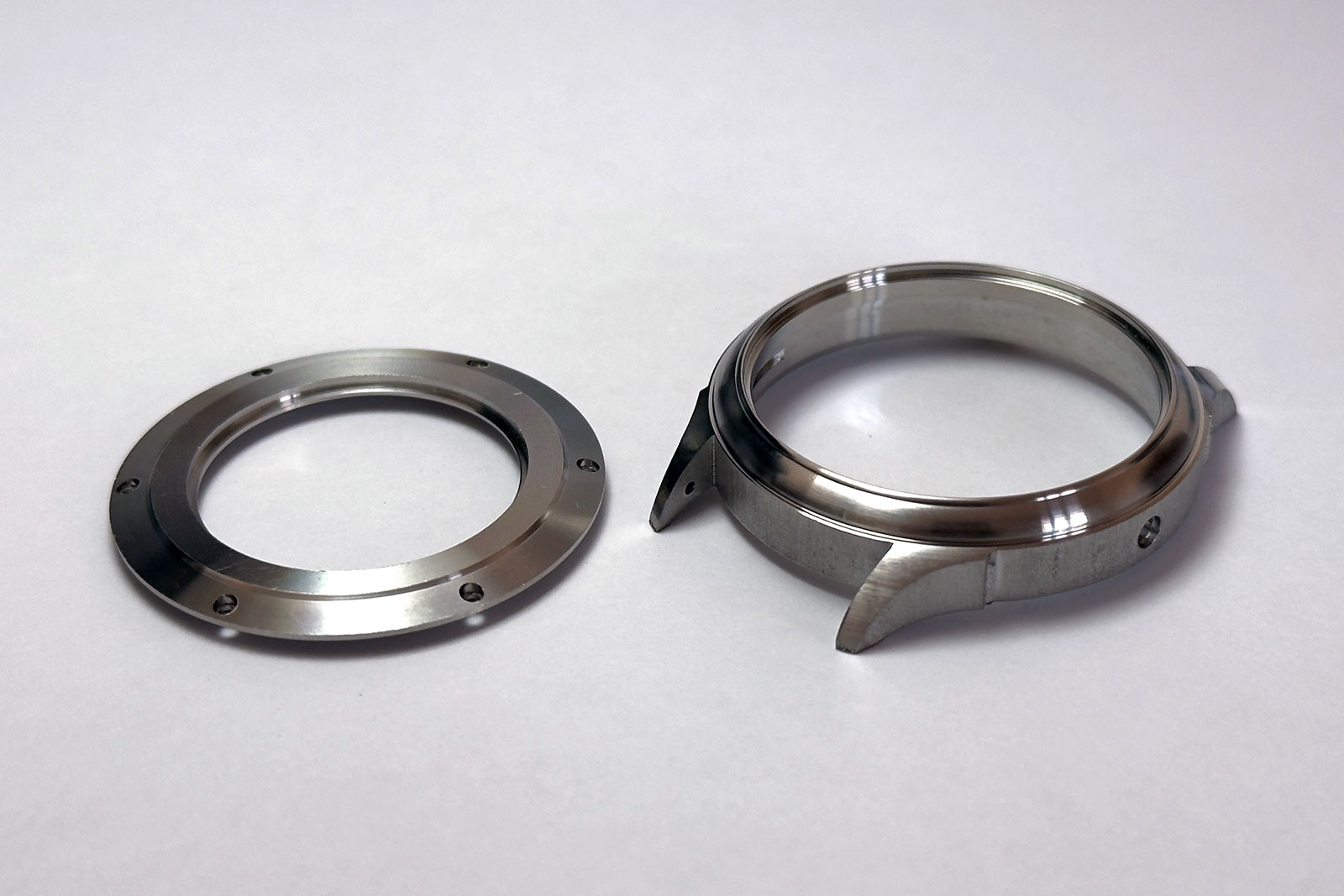
The raw case middle and back as received from the supplier
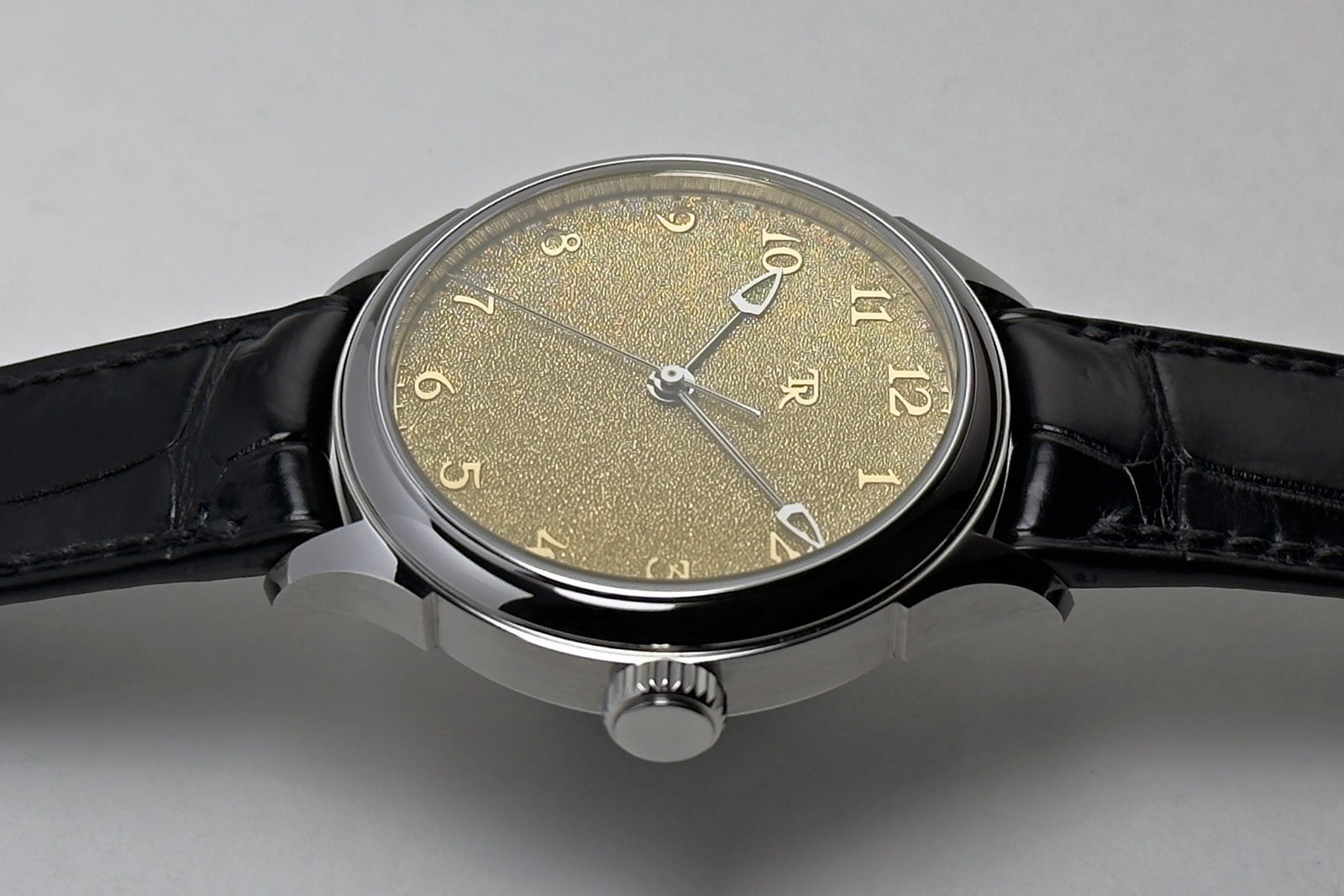
The movement inside is the LJP G100, an automatic movement conceived by LJP as a substitute for the ETA 2824. The G100 is slightly thinner than the ETA 2824 and boasts a usefully long 68-hour power reserve. Although made in Switzerland by LJP, the G100’s architecture is derived from the Miyota cal. 9015, one of the maker’s “premium” calibres. That’s explained by the fact that both LJP and Miyota are subsidiaries of Citizen.
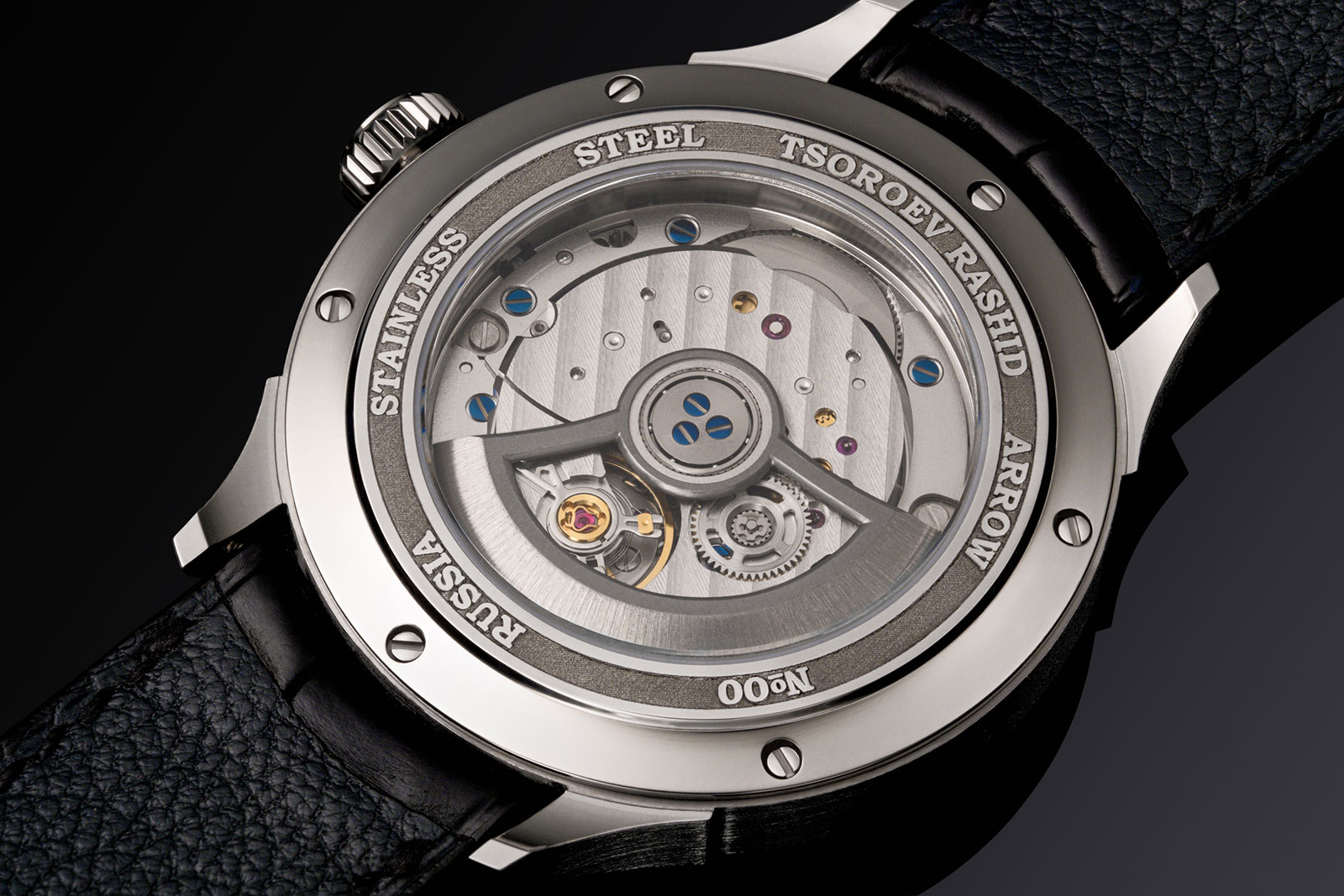
Mr Tsoroev receives the G100 in a finished state with striping on the bridges and blued screws, but he reworks the tungsten rotor entirely. The rotor is a solid mass as originally supplied, but he cuts out the centre to create an open-worked rotor.
Although it seems like a modest bit of work on its face, skeletonising the tungsten rotor is one of the most labour-intensive aspects of the watch. Tungsten has the density of gold, but more than double the hardness of brass, which is the alloy most commonly used for skeletonised components. Its hardness also means tungsten is brittle, making it liable to crack or shatter if worked improperly.
Consequently, the finishing on the tungsten rotor doesn’t have the perfect edges and surfaces one would find on a brass or steel component, but it is still a commendable achievement.
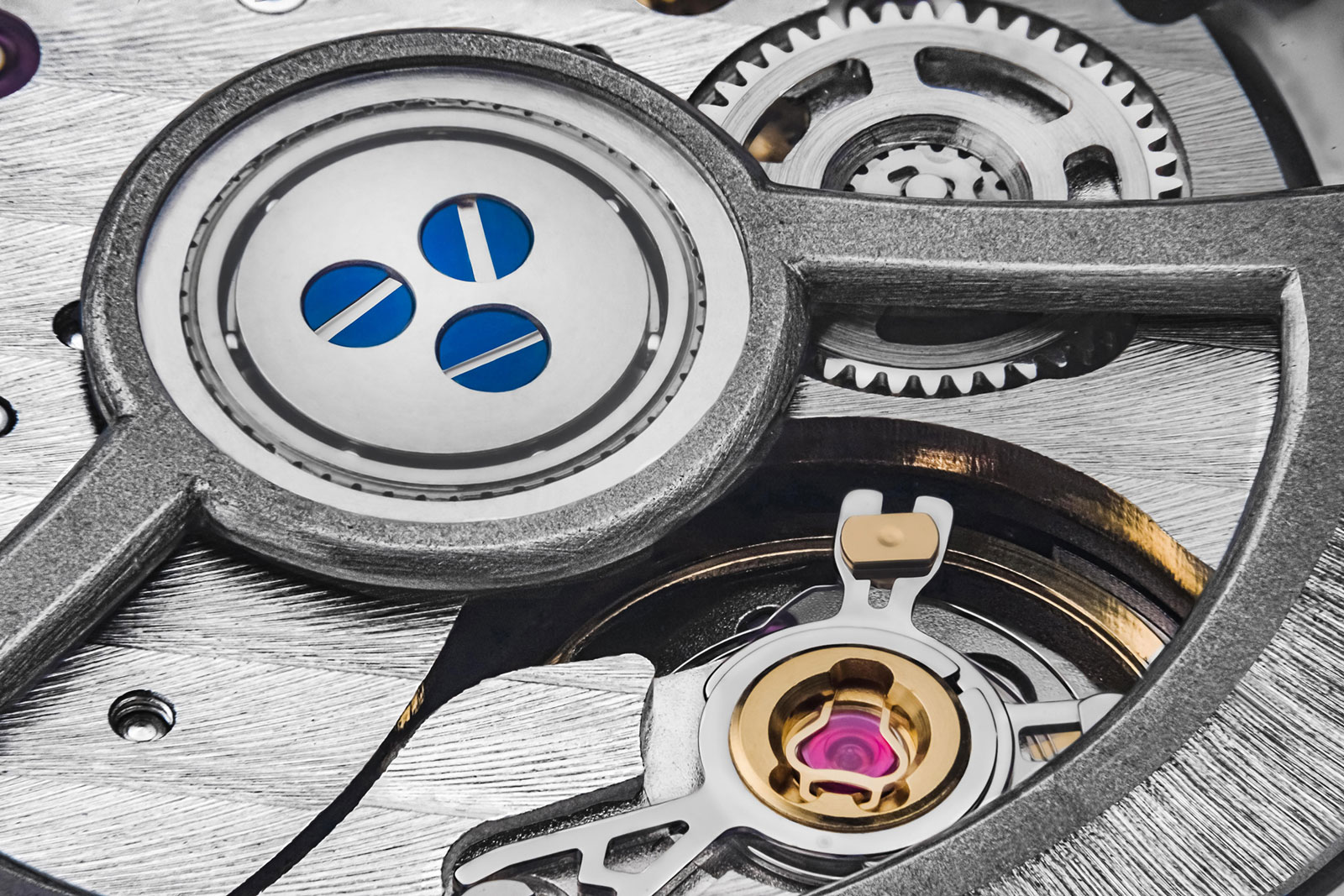
Key facts and price
Rashid Tsoroev Evo Arrow
Diameter: 40 mm
Height: 10 mm
Material: Stainless steel
Crystal: Sapphire
Water resistance: 50 m
Movement: La Joux-Perret LJP G100
Functions: Hours, minutes, and seconds
Winding: Automatic
Frequency: 28,800 beats per hour (4 Hz)
Power reserve: 68 hours
Strap: Alligator with steel pin buckle
Limited edition: 30 pieces
Availability: Direct from Rashid Tsoroev
Price: US$5,000 without taxes
For more information, visit Tsoroevrashid.com.
Back to top.

